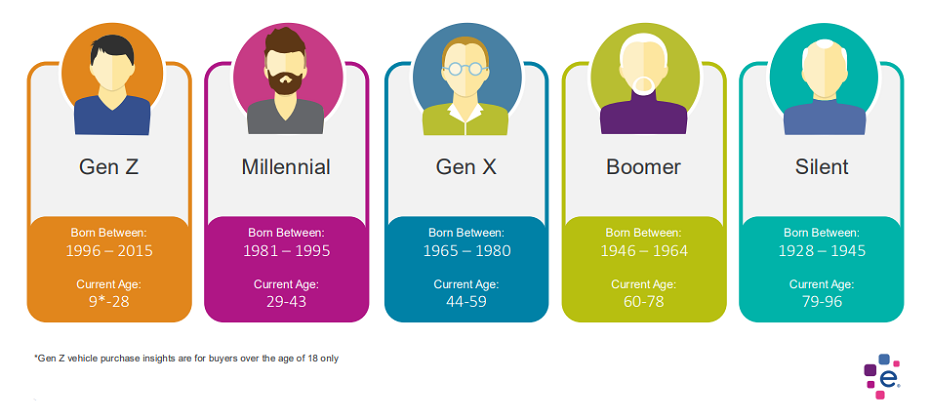When gearing up to buy a car, having a checklist of things to look for is important. Happily, it looks like consumers have added something new to the top of that list: managing their credit better.
According to Experian’s latest State of Automotive Finance Market report, the average credit score for purchasing a vehicle has increased four points across the board, reaching 722 for new vehicles and 682 for used vehicles. That four-point increase may seem insignificant, but it reveals that consumers are actively managing their credit.
With the recent trepidation over the so-called subprime auto finance bubble, the positive change is great news for people in the market to get a new ride. Per the Q3 report, subprime originations reached the lowest level of market share since 2012 (16.6 percent), while prime and super-prime originations showed the largest increases in market share.
So what does all this mean?
In addition to better managed credit, the increased market share of prime and super-prime consumers shows that industry professionals are leveraging data and analytics when making lending decisions. So if you’re looking to buy a car soon, how can you use that knowledge to your advantage?
About six months before zooming to the dealership, take the time to check your credit report to make sure there are no surprises when a potential lender looks at it. Once you know where you stand, you can take steps to improve your credit (if needed) by paying bills on time, keeping balances low and not applying for any new credit before you’re ready to buy that car.
Your credit is in good shape, so now what?
When car shopping, don’t just look into vehicle make and model. Consider your financing options as well. Different lenders offer different terms and conditions, so comparing options can make sure that you’re getting the best deal possible.
For example, our Q3 report shows that credit unions and captive financers (like Ford Motor Credit or Toyota Financial Services) are earning more customers and taking a greater market share of auto lending, at 21 percent and 29.8 percent, respectively. Banks still hold the largest percentage of auto loans at 32.9 percent, but they don’t dominate auto financing like they once did.
Leasing is another financing option. Consumers often choose to lease because of lower monthly payments ($412 for a new lease as opposed to $502 for a new loan). The report shows that leasing continues to be a large part of new auto financing, coming in at 29 percent of all financed new vehicles.
Lastly, the report shows that loan terms continue to be extended, with the average length of a loan hitting 69 months for new cars and nearly 64 months for used. Extending loan terms can lower your monthly payment, but you should use it mindfully, so the total cost of the vehicle loan doesn’t exceed your budget.
For more information about the current State of the Automotive Finance Market report or to view a recording of the webinar, visit our website.



